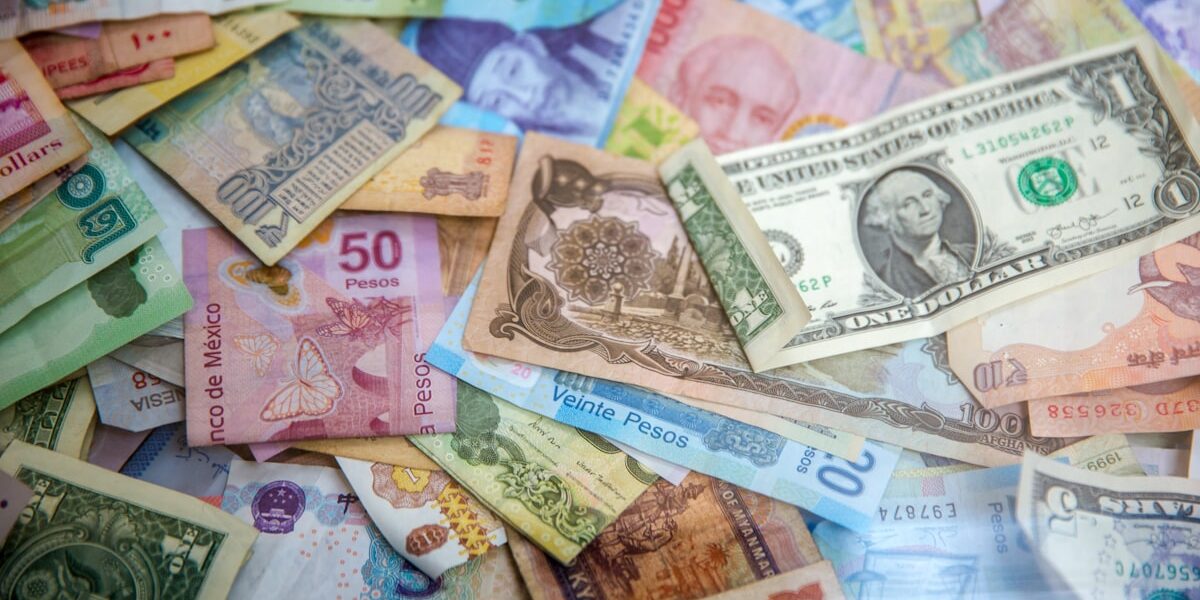The Concept of an Eleven-Sided Coin
Eleven-sided coins are not common in everyday circulation but do exist in various forms around the world. While most coins in circulation tend to have circular shapes, some regions have experimented with polygonal shapes for practical and aesthetic reasons. Understanding the purpose and uniqueness of these coins offers insights into their design and application.
The Importance of Shape in Coin Design
The shape of a coin plays a critical role in its usability and recognizability. Circular coins endure less wear and are easy to mint, but countries have experimented with various shapes. Eleven-sided coins offer unique characteristics that can address particular needs, such as differentiating between denominations. Users can easily identify the coin by touch and visual inspection due to its distinct shape.
Examples of Eleven-Sided Coins
- Canada’s One Dollar Coin: Known as the loonie, Canada’s one-dollar coin is an example of an eleven-sided coin. Introduced in 1987, it features a hendecagonal shape that gives it a distinctive edge, both visually and tactilely.
- Great Britain’s Threepence Coin: Historically, the United Kingdom featured an eleven-sided threepence coin. Introduced in 1937, it remained in circulation for several decades. Its shape set it apart from other denominations, helping users easily avoid confusion.
Manufacturing Challenges and Solutions
Producing an eleven-sided coin comes with challenges. The precision required in minting such a shape necessitates advanced techniques. Mints use specialized presses and dies to ensure that each side of the coin is even and detailed. Despite these hurdles, advancements in minting technology have allowed the production process to be streamlined.
Security Features and Counterfeit Prevention
Unusual shapes like the eleven-sided design enhance the security of coins. The distinct shape adds a layer of complexity for counterfeiters, making replication difficult. Engraved details on each side further thwart fraudulent activities. Additionally, unique alloys and metallic compositions complement the coin’s shape-based security by providing distinctive appearances and tactile features.
Eccentric Shapes as a Cultural Symbol
Coins are not just economic instruments; they often reflect a country’s cultural and historical icons. An eleven-sided coin can carry national symbols that resonate with the public. For instance, the Canadian loonie prominently features an image of a common loon, a bird native to Canada, symbolizing national pride.
Comparing Stability and Functionality
Stability is a key consideration in coin design from a practical perspective. Coins with straight edges, like the eleven-sided ones, stack more securely than circular coins. This physical characteristic is advantageous for banking and vending industries that handle and dispense large quantities of coinage.
The Legal and Practical Implications
Legal mandates sometimes dictate the dimensions and shapes of coins. Compliance with international standards can influence a nation’s decision to implement unique coin designs. The handshake between legal frameworks and practical manufacturing ensures coins meet stringent requirements while serving the public’s needs efficiently.
Eleven-Sided Coins in Numismatics
Numismatics, the study or collection of currency, often highlights unique coin designs. Eleven-sided coins attract collectors due to their rare geometric configuration. Dedicated collectors value these coins for their distinctive features and historical significance.
Conclusion
Eleven-sided coins occupy a unique niche in the world of currency. Combining practicality with distinction, they reveal much about a nation’s culture and innovations in minting technology. Whether for enhancing security, aiding the visually impaired, or creating resistive stacking methods, these coins reflect thoughtful design and functional engineering.
“`
Recommended Collecting Supplies
Coin Collection Book Holder Album – $9.99
312 pockets for coins of all sizes.
20x Magnifier Jewelry Loupe – $13.99
Essential tool for examining coins and stamps.
As an Amazon Associate, we earn from qualifying purchases.


